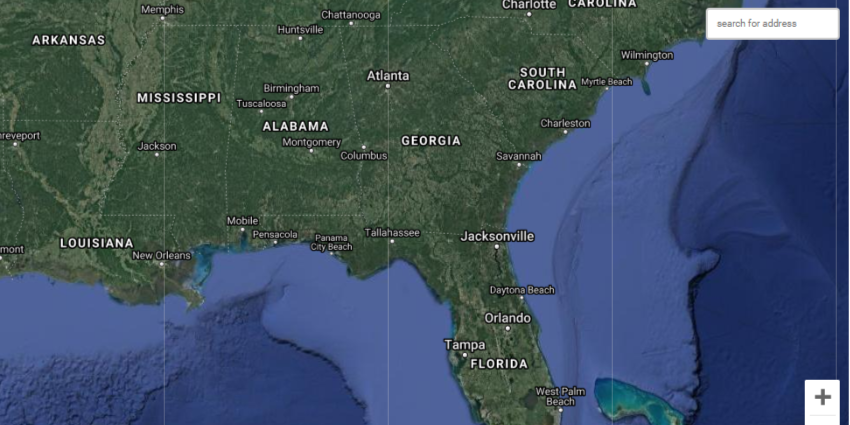AWS Public Sector Blog
Category: AWS Big Data
Nara Space uses AWS to improve satellite image quality up to three times with deep learning
Nara Space Technology is a South Korea-based startup that builds nano satellite constellations and provides satellite data services to let customers quickly identify and address issues like changing climate conditions and disaster recovery to improve life on Earth. Nara Space provides solutions for nano satellite and small spacecraft system design, integration, development, and testing; enables satellite data analytics based on deep learning; and improves the visual quality of standard satellite imagery with its Super Resolution core technology. To do this, Nara Space uses AWS for secure, flexible, scalable, and cost-efficient cloud solutions.
How students help modernize rocket launches at the Western Range with the AWS Cloud
Vandenberg Space Force Base (VSFB), also known as the Western Launch and Test Range, is one of only two U.S. Space Force launch ranges. A safe rocket launch relies on the ability of Western Range meteorologists to gather and analyze weather data in real-time. The Western Range team wanted to switch to an agile, cloud-based solution that would streamline data analysis and keep operators safe—which prompted them to call on students and AWS Cloud experts at the California Polytechnic State University (Cal Poly) Digital Transformation Hub (DxHub), powered by AWS, to help VSFB prototype a solution.
How MTI tracks social distancing efforts with the AWS Cloud and big data
Maryland Transportation Institute (MTI), an interdisciplinary research and education organization based out of the University of Maryland, focuses on solving complex transportation problems. When COVID-19 hit, MTI was presented with an urgent new problem: the organization was tasked with gathering, processing, and reporting daily transportation data from nearly 65% of the US population. To keep the public safe, they needed more computing power—quickly. They used the AWS Cloud.
Using big data to help governments make better policy decisions
In Europe, government agencies and policy makers see the value in using new technology to unlock digital transformation and deliver better, more innovative citizen services. Using data for statistics initiatives, including open data, can help researchers produce innovative products and tools, including visualisation, to inform government officials ahead of making policy decisions that impact their citizens. When it comes to big data, policy makers need to collaborate with researchers to address issues and challenges in using these new data sources. To work toward this goal, Eurostat, the statistical office of the EU, hosted its bi-annual European Big Data Hackathon.
How Times Higher Education accelerated their journey with the AWS Data Lab
Times Higher Education (THE) is a data-driven business that, with the help of AWS, is now realising the value of their data, which enables them to be better informed and make faster decisions for customers. THE provides a broad range of services to help set the agenda in higher education, and their insights help universities improve through performance analysis. THE worked with the AWS Data Lab to create a centralised repository of their data. Launching a data lake helped with providing a cost-effective platform and cataloguing data so they could understand their data and design new products to make use of it.
Accelerating climate resilience through asset-level risk assessment insights
For climate change adaptation and resilience, it is important to assess the risks associated with the impacts of climate change and then understand and take action to mitigate those risks. Since 1980, the U.S. has experienced 258 weather and climate disasters where the overall damage costs reached or exceeded $1 billion. As floods become more frequent and costly and natural hazards and climate change impact physical building assets, business continuity, and asset values, big data and analytical technology can be used to create high-tech risk assessments and economic loss estimations.





